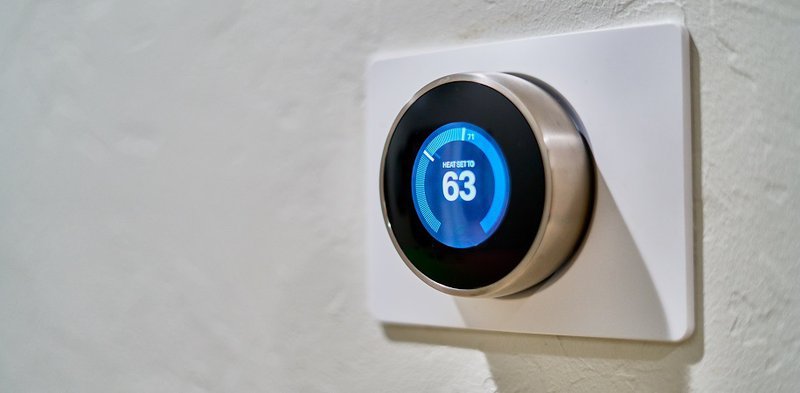CE marking is mandatory to sell IoT products in the EU. What do you need to know about this?
What are IoT products?
IoT stands for "Internet of Things". Various different definitions of this term are in circulation, none of which has yet become established across the board. In general, however, IoT encompasses devices that are networked via the Internet and work together intelligently. On the one hand, this applies to consumer products, such as smart home appliances like refrigerators, which monitor their contents independently and automatically reorder food as needed. On the other hand, a large number of Industry 4.0 applications also fall under the term Industry of Things. These can include machines with a large number of sensors that independently register information such as weather conditions or material wear and tear and forward it to other relevant departments so that appropriate measures can be initiated in each case.
What are the future prospects for IoT products?
Since the term IoT was coined by RFID expert Kevin Ashton in 2009, corresponding products and applications have steadily gained in importance. Smart speakers like Amazon Echo or Google Home, which are now widespread in many households around the world, are just one of the many examples. According to a study by analysts at Crisp Research, the number of IoT devices in use worldwide could rise to 75 billion by 2030. Already today, a huge amount of new IoT products or new models of existing products are entering the global market year after year. In order to gain market access in the EU, for example, the new developments must be compliant with various EU directives.
Which directives are relevant for IoT products?
Almost all IoT products have three properties in common that are relevant for the declaration of conformity required in each case: They are electrically operated, emit radio signals and also emit electromagnetic radiation. For these reasons, the distributors of such products must generally ensure conformity with three important EU directives: These are the Low Voltage Directive (2014/35/EU), which regulates the operation of electrical equipment within certain voltage limits, the Radio Equipment Directive (2014/53/EU), which sets requirements for the provision of radio equipment, and the EMC Directive (2014/30/EU), which regulates the issue of electromagnetic compatibility. Depending on the specific characteristics of the new IoT product, various other directives may apply. The RoHS Directive (2011/65/EU), for example, restricts the use of hazardous substances in virtually all IoT products. More specific directives, in turn, only affect certain product groups, such as 2009/48/EC, which is only relevant for IoT novelties that also fall into the category of toys.
How does an IoT product obtain a CE marking?
We already gave an overview of the path to CE marking in one of the previous blog posts. The person placing the new product on the market is responsible for affixing the marking. The prerequisite for this is conformity with all relevant EU directives. Therefore, it is necessary to check which of these apply in a specific case. Information on this can be found on the European Commission website. Depending on the specific target markets within the EU, it is also advisable to check the transpositions into national law of the respective countries, which may contain additional requirements. Several of the directives relevant to IoT products also require the creation of technical documentation.
Who can help with CE marking?
External service providers can support the distributor of the new IoT product in all the steps mentioned on the way to marking. This starts with checking which directives are relevant. In Germany, for example, chambers of industry and commerce and various specialized consulting firms offer their services for this purpose. Moreover, independent external testing laboratories are almost always indispensable partners for ensuring the required conformity. And not just when it comes to testing the finished developed product. Even during the development of the new IoT innovation, it is advisable to commission testing laboratories with preliminary tests. Specialized EMC laboratories, for example, can then already make recommendations after testing an early prototype on how certain parts of the technical design should be changed to later facilitate conformity with the EMC Directive. Whether you are looking for testing laboratories or consulting services for CE marking of your IoT novelty: A free request on the independent platform testxchange is usually the easiest way to get straightforward comparison quotes for the services you need.
